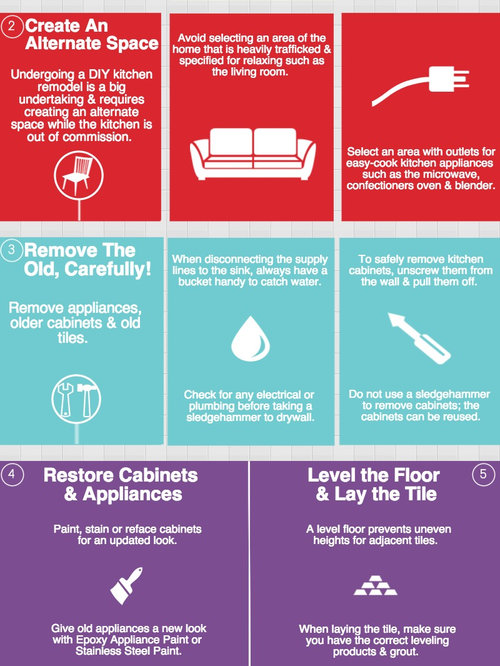Just How To Allocate Your Floor Covering Task: A Practical Overview
Just How To Allocate Your Floor Covering Task: A Practical Overview
Blog Article
Posted By-Proctor Falk
When you're planning a floor covering task, budgeting isn't practically choosing a number; it's about comprehending what you truly need and the expenses included. concrete floor 'll want to analyze your particular requirements, research study numerous products, and anticipate unanticipated expenses. Consider just how aspects like area objective and setup techniques can affect your budget. But before you jump in, there are some important information you might forget that could significantly influence your general costs. Let's discover how to browse these complexities and ensure your job remains on track.
Assessing Your Floor Covering Needs
Before diving right into your floor covering task, it's essential to examine your floor covering needs. Start by taking into consideration the particular locations where you prepare to mount brand-new flooring. Think of the function of each space. As an example, kitchens and bathrooms call for water-resistant materials, while living locations might benefit from convenience and looks.
Next, evaluate the existing conditions of your floorings. Are there any kind of structural problems, such as unequal surfaces or moisture problems? Resolving these issues early on can save you time and money down the line.
Also, remember of view it of each room to determine just how much floor covering you'll require.
Don't neglect to consider your lifestyle. If you have animals or young youngsters, longevity may be your top concern, while a more formal area may call for a luxurious surface. Furthermore, think of your layout choices. Do you choose a timeless appearance, or are you drawn to contemporary designs?
Last but not least, be realistic about how much maintenance you want to dedicate to. Some products call for more upkeep than others. By recognizing your needs clearly, you'll be much better equipped to make informed choices as you move on with your floor covering project.
Estimating Prices and Products
Estimating expenses and materials is an essential step in your flooring project that can significantly affect your overall budget. Start by determining your area accurately to establish just how much flooring you'll require. For many materials, you'll locate pricing by square foot, so gather quotes from various distributors to obtain a realistic figure.
Next off, consider the sort of flooring you want. Options like wood, laminate, floor tile, or rug all featured different cost factors. https://angelovbglp.weblogco.com/32737968/the-ultimate-guide-to-finding-epoxy-floor-covering-specialists-for-your-home for each and consider any kind of added materials like underlayment, glue, or change strips.
Don't forget to include tools if you're preparing a DIY installment, as renting or purchasing equipment can include in your costs.
see here are an additional essential factor to consider. If you're hiring specialists, get quotes from several professionals to guarantee you're getting a fair rate. Be clear about the scope of work to stay clear of unforeseen charges later on.
Lastly, it's a good idea to set aside a tiny percent of your allocate any kind of unanticipated expenses related to products. By completely approximating your expenses and materials upfront, you'll set on your own up for a smoother and much more convenient flooring job.
Planning for Hidden Costs
Lots of house owners overlook the hidden expenditures that can emerge during a flooring task, which can cause budget overruns. To avoid this, you need to plan for prospective added prices.
First, take into consideration the problem of your existing subfloor. If it's harmed or uneven, you'll likely require repair work or progressing, which can add considerably to your overall expense.
Next, consider removal and disposal fees for your old flooring. Lots of service providers charge extra for this solution, so aspect that right into your spending plan.
Additionally, do not forget the costs of underlayment, which might not be included in the preliminary quote however are necessary for a successful installment.
You should also plan for unexpected difficulties, such as pipes or electrical job if your flooring task entails relocating fixtures. It's wise to reserve at least 10-15% of your total budget for these unforeseen expenses.
Finally, remember that licenses might be needed for certain setups. Constantly check local guidelines to avoid penalties or hold-ups.
Final thought
To conclude, budgeting for your flooring project is essential for an effective result. By analyzing your demands, estimating prices, and preparation for covert expenses, you'll stay clear of surprises and stay on track. Remember to set aside a part of your budget for unforeseen expenses and maintain a comprehensive malfunction of your expenditures. With mindful planning and factor to consider, you'll create an attractive space that fulfills your demands without breaking the bank. Pleased floor covering!
